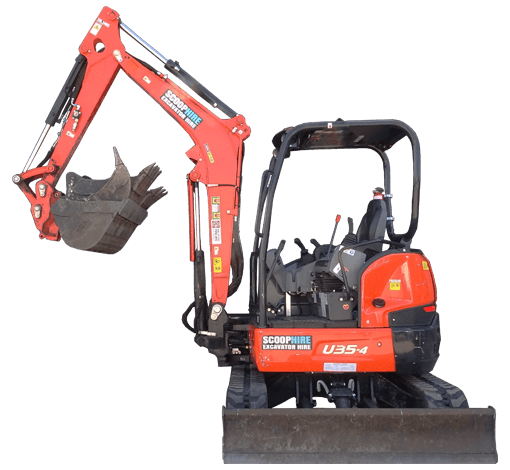
As e-commerce continues to evolve, many online shoppers have been pleasantly surprised by the newly established standard of shopping. With more and more consumers worried about COVID-19, shifting to online shopping has offered them both the safest and most convenient option to purchasing their essential goods. This process is made much easier as a result of the information shared via retailers online regarding the products they offer. A simple Google search of any product offered by a retailer grants customers a look into its unique features. Not only that, customers can also price check amongst competing products, read verified reviews from other customers and maybe stumble upon an online coupon to save them a few dollars. These capabilities have contributed greatly to online retail and are a large reason as to why its become such an enormous industry in the past few years. In 2019 alone, e-tail commerce totaled more than $3.5 trillion globally, with more than 1.92 billion people shopping online for products and services.
One of the largest contributions to this growth is Amazon. Amazon has single handedly changed the way the online retailing industry operates. With a product offering spanning over 12 million unique products, and nearly 200 million unique visitors per month, users will have a hard time not finding something that they’re looking for on the platform. This sort of influence has been felt by other online retailers in the industry, but not due to the nature of Amazon’s product offerings. Their real competitive advantage comes in the form of shipping and order fulfillment. As Amazon Prime and its capabilities become more common in households around the world, more and more online shoppers have the same expectations of other online retailers. In fact, nearly 90% of online shoppers say that their experiences with Amazon’s shipment capabilities have made them expect faster shipping and delivery from other online retailers in the industry as well.
This can spell disaster for retailers lacking the shipping capabilities that Amazon has. These retailers have done their best to adapt to these consumer expectations and have implemented strategies that increase shipping speeds for their customers, in addition to providing additional ways to please their customers. For example, one of these strategies has been to provide real-time shipment tracking updates on customers’ purchases. This information is often found on a tracking page on the retailer’s website which increases brand recognition and can improve the customer’s experience.
For another improvement to the customer experience, consider how convenient it is for your customers to purchase from your site. Are users able to create accounts in order to save their shipping and payment information for additional purchases? Are these users given product recommendations based on previous purchases they’ve made? Or do they receive some sort of discount code from creating an account on your site? Creating opportunities for customers to save time and money makes them more likely to make repeat purchases.
Keeping up with large-scale competitions in this space can be challenging. For more helpful tips and tricks on how to stay competitive in the online retailing sector, be sure to check out the infographic coupled alongside this post.
Author bio: John Hinchey is VP of Sales for Westfalia Technologies, Inc., a leading provider of logistics solutions for plants, warehouses and distribution centers. He has more than 20 years of experience in manufacturing and warehouse automation.



















